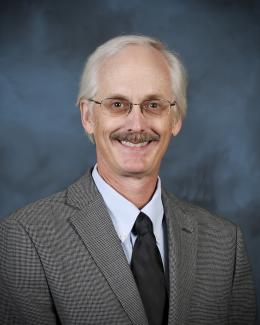Abstract
Edge localized modes (ELMs) in H-mode plasmas erode plasma-facing components (PFCs) and lead to impurities in the core, reducing confinement. This study analyzes D2 pellet injection on the DIII-D fusion experiment used as an ELM mitigation technique applied during the 2016 tungsten Metal Rings Campaign to reduce W erosion during ELMs. The 400.9 nm photon wavelength line emission intensity of tungsten atoms (WI) filterscope channels and Langmuir probes were used to infer the gross erosion rate of tungsten-coated tiles installed in the divertor of DIII-D. D2 mass injection rates ranging from 34 to 41 arbitrary units (A.U.) and no D2 injection resulted in a similar total W erosion rate during ELMs (intra-ELM). On average, results show a 29% increase in the total gross W erosion rate with intermediate mass injection rates (∼13–23 A.U.) compared to the no pellets and the highest injection rate cases. On average, the fast D2 mass injection rate cases had 15% less erosion in the inter-ELM phase than the case with no pellets. Generally, higher D2 mass injection rates increased the ELM frequency, and the highest injection rates reduced the average erosion per ELM and fractional carbon impurities at the top of the pedestal by nearly 40% when compared to the no-pellet case. As expected, a higher D2 pellet injection rate led to a higher plasma density and lower plasma temperature in the divertor. Additionally, an increasing divertor inter-ELM plasma electron density directly correlated to more frequent pellet injection and a decrease in both the average gross intra-ELM W erosion and the total gross intra-ELM W erosion rate. Simulations of intra-ELM erosion using the 'free-streaming plus recycling model' (FSRM) underestimate W erosion during pellet injection by about 30% on average. The discrepancies between the experimental measurements and the FSRM intra-ELM W erosion predictions are postulated to be due to C/W material mixing. A simple analytic mixed-material model is presented and results in better agreement with the experimental data. These results highlight the importance of incorporating the effects of a mixed-material layer in the analysis of PFC erosion.




